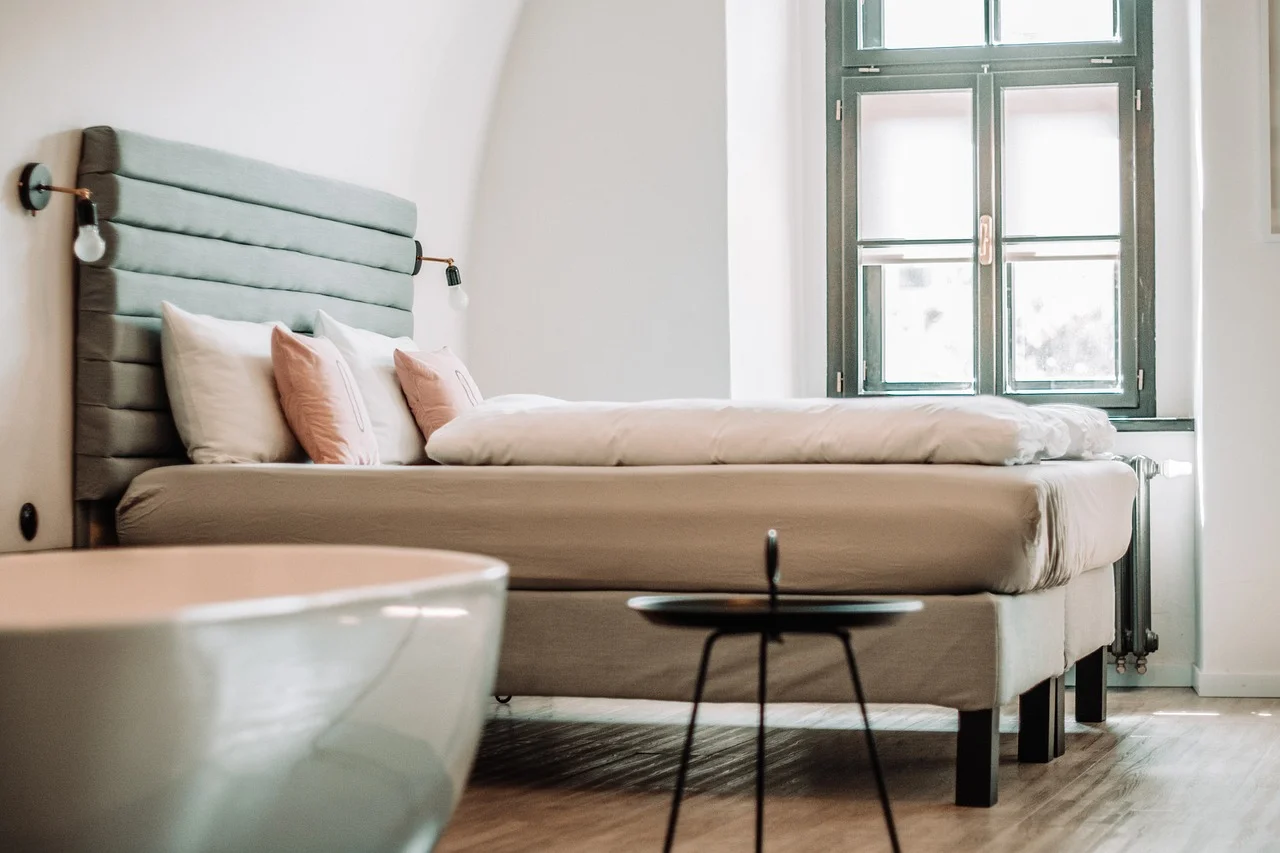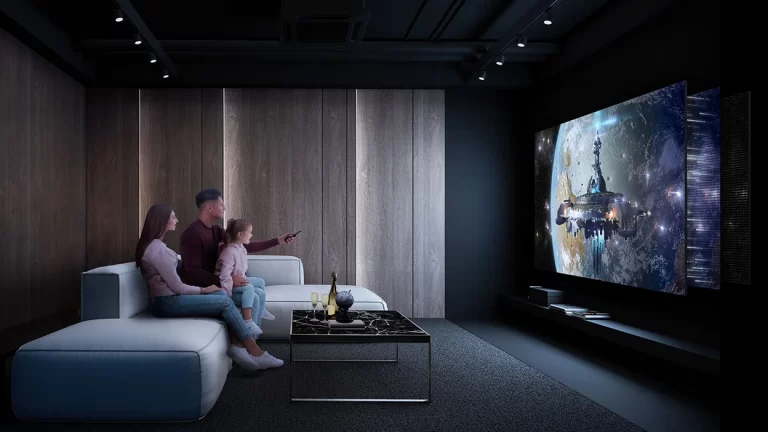For many, cultivating a calm bedroom environment is not just a design preference but a mental health strategy. However, one of the most common pitfalls in the pursuit of serenity is over-minimalism, where attempts to reduce clutter result in sterile, uninviting spaces. So, how do you strike a balance—creating a calm atmosphere without making your bedroom feel cold or empty?
Begin with Purposeful Minimalism
Minimalism isn’t about stripping a room of everything; it’s about curating your space with intention. Rather than removing items for the sake of it, begin by evaluating what actually contributes to your comfort. A calm bedroom benefits from simplicity, but it shouldn’t feel sparse. For example, one well-placed chair, a meaningful piece of art, or a soft throw blanket can serve both a functional and emotional purpose.
Focus on quality over quantity. Choose a few decor items or furnishings that resonate with you deeply—whether it’s a nightstand handed down from a loved one or a lamp that casts a warm glow. When each item has a purpose or meaning, the room feels lived-in and thoughtful rather than abandoned.
Use Soft, Layered Lighting
Lighting is crucial in defining the emotional tone of a space. Harsh overhead lights can instantly strip a room of its coziness. Instead, opt for multiple sources of soft, layered lighting. Bedside lamps with warm bulbs, wall sconces, or dimmable ceiling fixtures help create pockets of light that feel gentle and intimate.
Consider the use of indirect lighting—such as LED strips behind a headboard or under a shelf—which offers ambiance without overwhelming the senses. Candlelight can also add a sense of calm, whether real or battery-operated, giving off a subtle flicker that mimics natural firelight.
Incorporate Texture for Depth
A common reason minimal bedrooms feel empty is the lack of texture. Visual interest doesn’t have to come from color or clutter; it can come from variety in materials. A linen duvet, velvet throw pillows, a rattan basket, and a wool rug all contribute different tactile qualities that add warmth and character to a room.
Texture invites touch and adds subtle richness to a space. Even neutral tones come alive when presented in layers of fabric, wood, metal, and natural fibers. Don’t underestimate the emotional comfort that a textured environment can bring—it can transform a space from impersonal to welcoming.
Introduce Natural Elements
Nature has an intrinsic calming effect on the human mind. Incorporating natural elements into your bedroom can ground the space and add organic warmth. This doesn’t mean turning your bedroom into a jungle, but even a few well-placed plants, a vase with dried flowers, or a piece of driftwood on a shelf can soften the room’s energy.
If maintaining live plants feels like a chore, there are plenty of low-maintenance options like snake plants or peace lilies that thrive in low-light conditions. Natural materials like wood, stone, and cotton also subtly bring the outdoors inside, enhancing the sense of peace.
Choose a Soothing Color Palette
Color has a psychological impact, and the palette you select for your bedroom plays a pivotal role in establishing calm. Soft, muted colors—such as sage green, warm beige, dusty blue, or pale lavender—promote relaxation. These tones evoke nature and quietude, offering rest to the eyes and mind.
While bold colors can energize, they may feel out of place in a space meant for rest. However, calm doesn’t mean colorless. A balanced approach could include a neutral base with accent colors introduced through artwork, pillows, or a throw. This ensures the space feels serene without appearing dull.
Add Personal Touches—But Selectively
A calm space doesn’t have to be impersonal. In fact, an overly “magazine-ready” room may feel soulless. What prevents a calm room from becoming empty is the presence of emotional warmth, which often comes from personal touches: a framed photograph, a favorite book on the nightstand, or a travel souvenir that brings fond memories.
The key is moderation. Avoid covering every surface or wall. Instead, treat your favorite items like focal points. Let a cherished object have room to breathe so that it can be appreciated fully, rather than lost in a sea of clutter.
Pay Attention to Layout and Flow
The placement of furniture impacts how calm a room feels. A chaotic or cramped layout can subconsciously contribute to anxiety. Ensure there’s enough space to move comfortably. Avoid putting too many items near the bed, and if possible, orient the bed so it faces the entrance or a window. This positioning promotes a sense of openness and security.
Consider symmetry in your layout—balanced arrangements are naturally soothing to the eye. Matching bedside tables or lamps, even if subtle in design, can bring visual harmony that translates to psychological calm.
Engage the Senses Beyond Sight
Creating a calm atmosphere goes beyond visual design—it includes engaging other senses in subtle ways. A room that smells fresh, feels soft, and sounds quiet will enhance the experience of peace.
Essential oil diffusers, herbal sachets, or naturally scented candles can introduce calming aromas like lavender or eucalyptus. Sound can also be controlled: soft background noise like white noise machines or even the gentle tick of an analog clock may create an atmosphere of serenity. For tactile comfort, prioritize high-quality linens, a supportive mattress, and soft rugs that feel good underfoot.
Avoid Visual Clutter, Not Personality
The goal isn’t to eliminate all belongings, but to avoid visual chaos. Items left out without thought—cords, receipts, piles of clothing—can create subconscious stress. Use trays, baskets, and drawers to organize essentials. Even a small system—like always returning your book to a certain spot or having a tray for jewelry—can foster peace.
Still, don’t feel pressure to hide every object. If you love reading, let your books be part of your décor. If music is part of your nightly routine, display your record player or speaker with pride. The key is to be deliberate rather than haphazard.
Creating a calm bedroom atmosphere is less about adhering to design trends and more about crafting a space that genuinely supports rest, reflection, and retreat. Emptiness and calm are not synonymous; a calm room can be full of warmth, meaning, and comfort—if approached with care and balance. By combining thoughtful layout, soft textures, natural elements, and selective personalization, your bedroom can become a true haven: peaceful yet full of presence.



